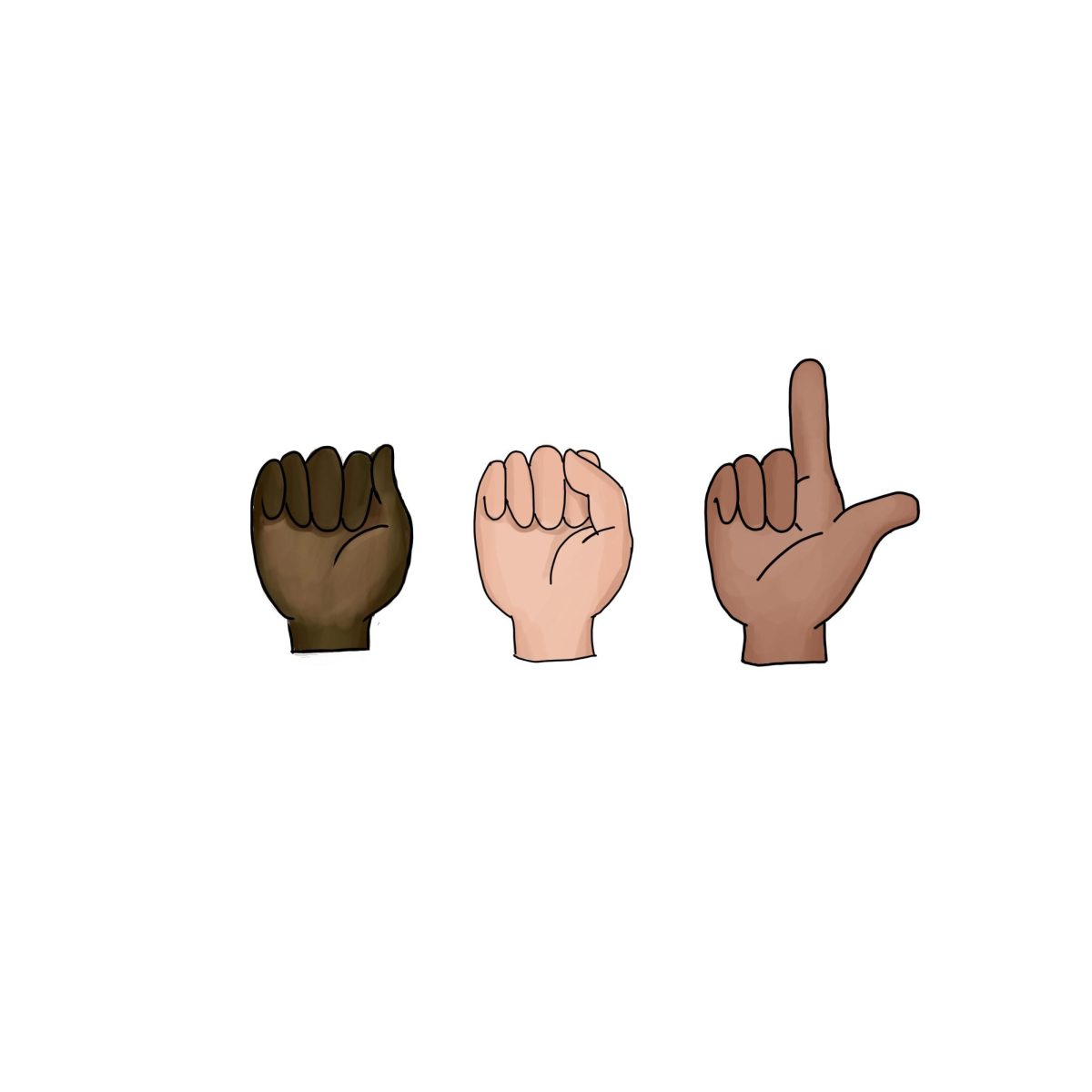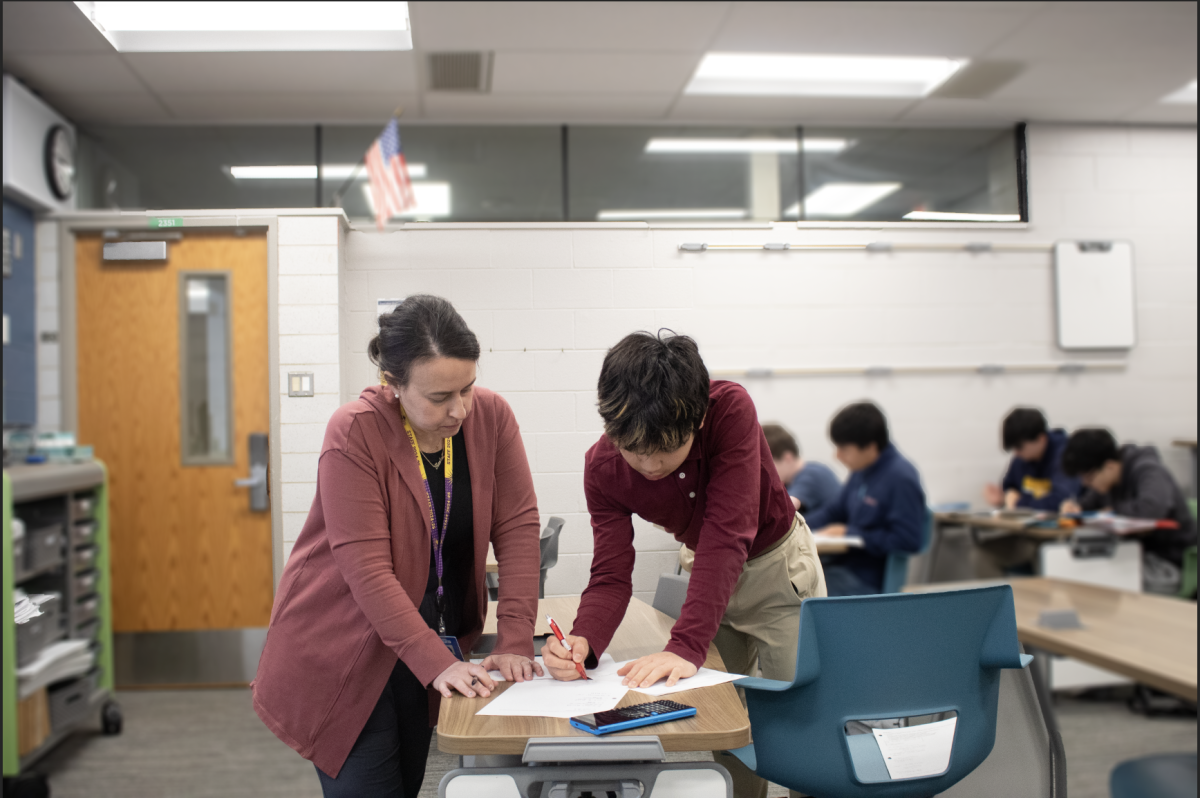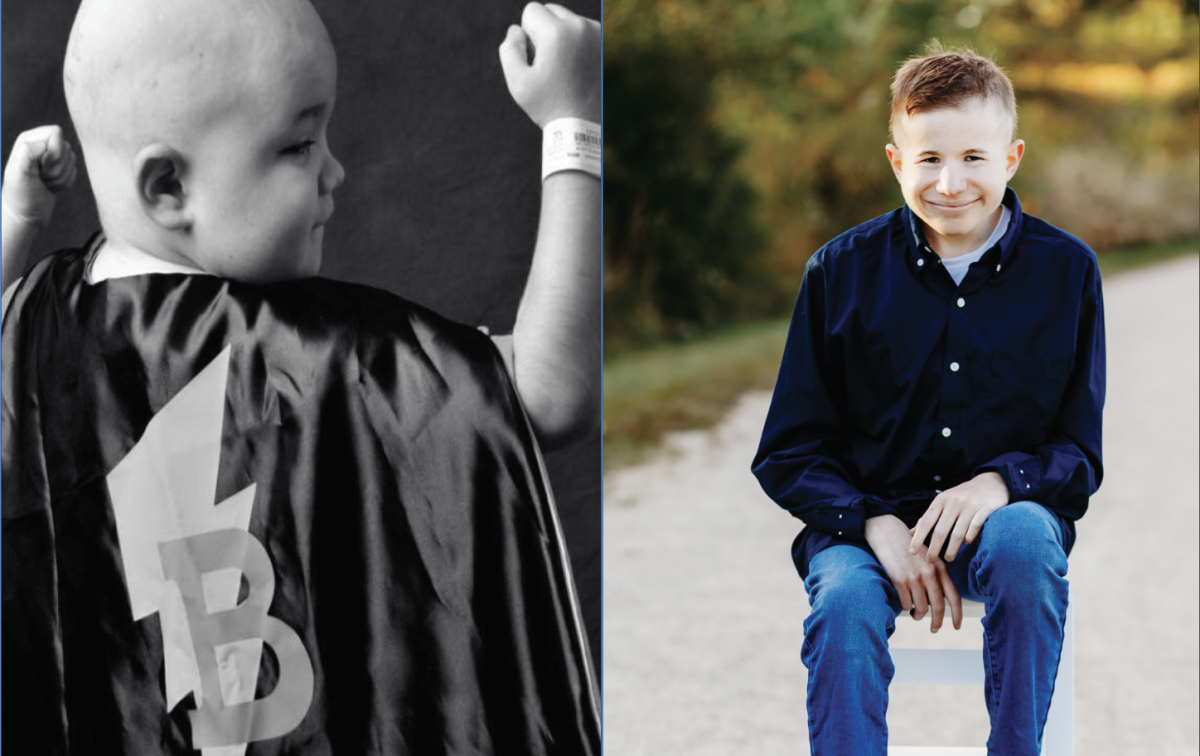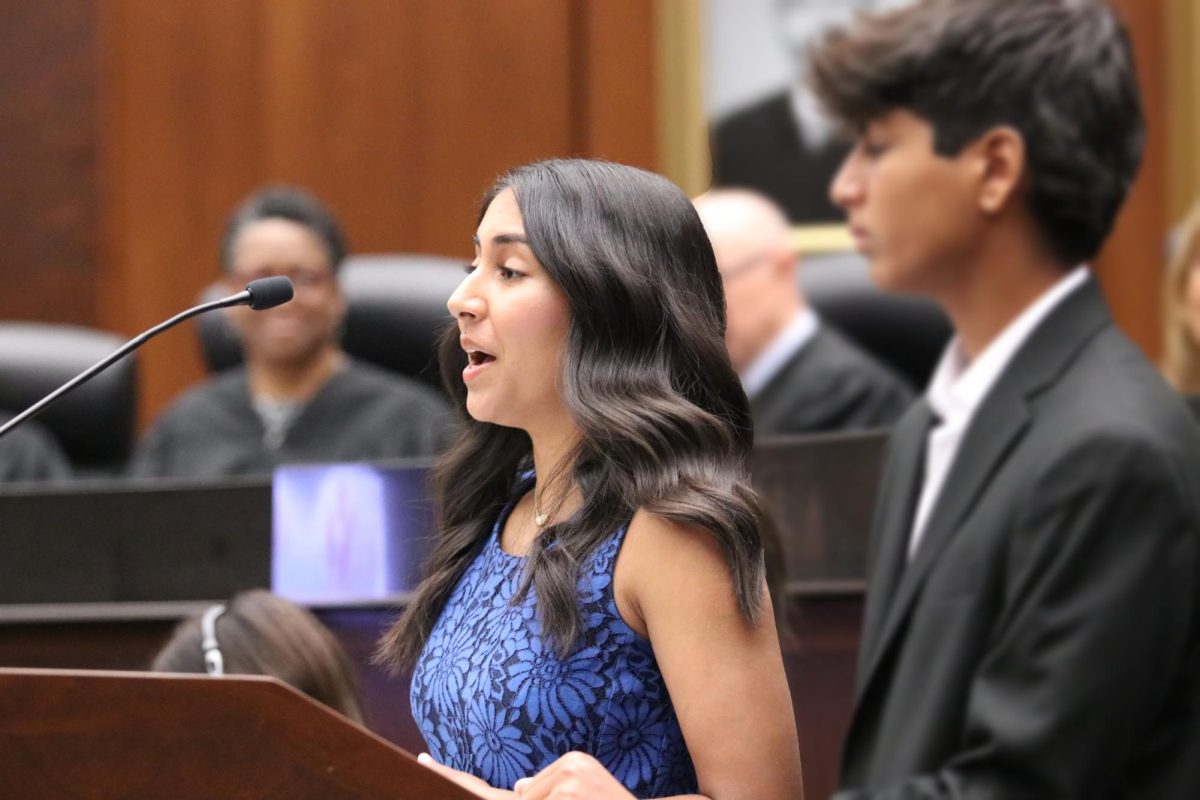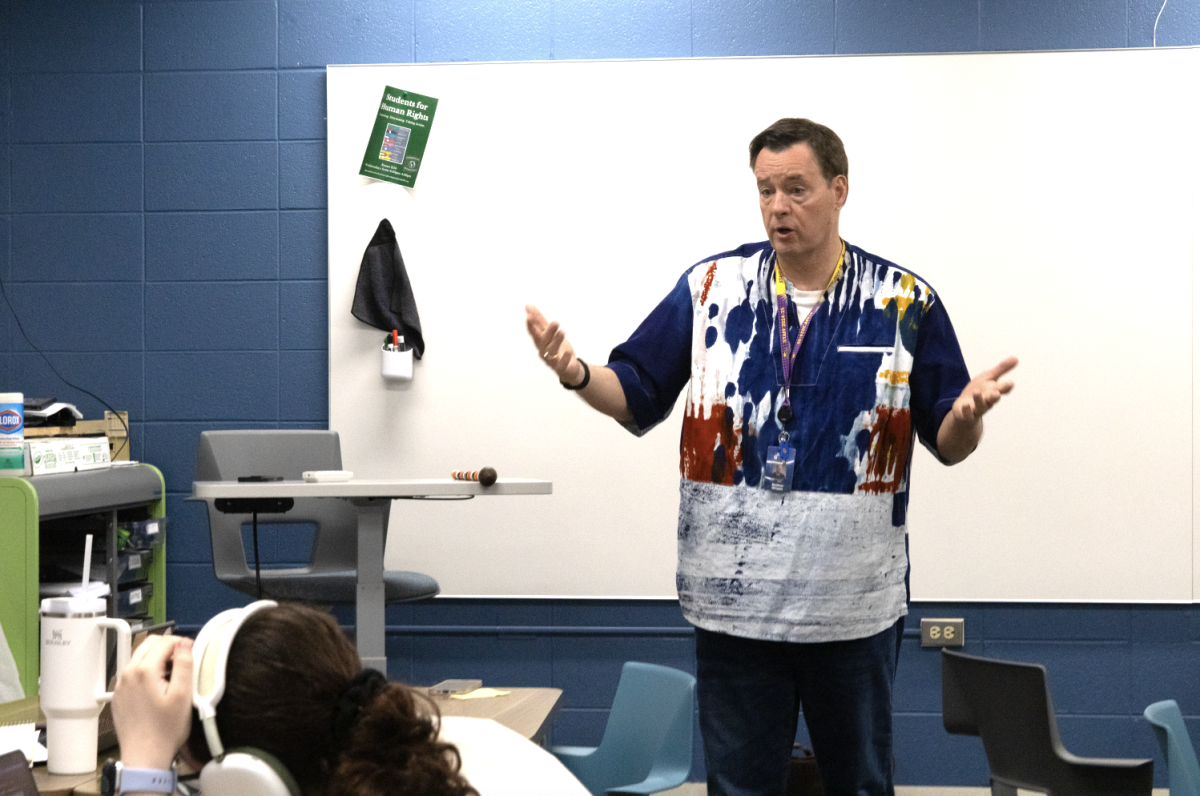American Sign Language [ASL] is a unique form of communication encompassing a rich combination of hand gestures and facial expressions, senior Cynthia Sewell explained.
Sewell has been taking ASL since freshman year and has seen the program grow. Compared to North, which is just beginning its own ASL program, South offers 11 ASL classes.
“[ASL is] unique because it’s not spoken, but is more about the facial expressions,” Sewell said. “There’s a whole community that just comes from ASL. I’m Deaf myself but I never learned ASL [before I took it at South]”
South now offers 11 ASL classes, the largest number it has ever had, explained ASL Teacher Rosemary Carsello. Carsello has been working with the ASL program at South since it began in 1998 and has watched it grow since then.
“The ASL program started out as a Freshman Homeroom course with two sections and was only offered to freshmen and sophomores,” Carsello said. “We offered ASL Levels 1 and 2 for a while and the program grew little by little. We eventually hired another ASL teacher and we were able to offer ASL Level 3 and finally Level 4. This really helped the program grow because students were looking to take four years of a language.”
ASL has seen a considerable increase in interest throughout the country, with a growing population eagerly seeking to learn and teach it, this includes South, where the program continues to expand, ASL Teacher Amy Klimkowski explained.
¨[It is important] to encourage the teaching of ASL in high schools because we are all surrounded by the Deaf community and ASL every day.” Klimkowski said. “Students can immerse themselves in local Deaf communities to learn, make friends, and have fun.”
ASL teacher Hannah Beaucher expressed her delight in witnessing its deserved recognition. She has noticed a recent increase in ASL’s presence in pop culture.
“There’s more awareness [of ASL] in the media,” Beucher said. “It also spreads by word of mouth from school. I was at Naperville North and Central last year, and they had heard about surrounding districts having [ASL programs] so they were like ‘We should do it too’.”
Sophomore Katie Clare Glynn has been enrolled in ASL classes since her freshman year, with her motivation to take the class stemming from the influence of her two older siblings, who also took the course, she explained. Glynn enjoys the class and expresses the necessity of fostering wider access to ASL education.
“[Offering ASL at school is] important so the Deaf [community] feels more comfortable,” Glynn said. “It’s a really cool language with a really deep community, so it’s important that it’s shared.”
Carsello feels fortunate to be able to share her love for ASL and Deaf culture with students who are eager to learn as ASL grows in acceptance and popularity.
“[ASL] is growing in popularity for a few reasons, in part, because ASL is becoming a more accepted language,” Carsello said. “Years ago, it was not believed to be its own language but rather a version of English (which it isn’t). ASL has its own rules and word order and is completely independent from English. Here at [South], ASL students have participated in all school assemblies which also spreads awareness of the language right here in our school.”
Unlike other languages that rely on speech to communicate, ASL sets itself apart by its reliance on hand signals, which can consequently lead to a sense of alienation from individuals unfamiliar with the language, Beucher explained.
“For any language, it’s easy to say, ‘Your culture is different,’ [or] ‘Your language is different,’” Beucher said. “But at the end of the day, we all have very similar experiences. Wherever you go, it’s important to remember that we have more in common with people than we have different.”



